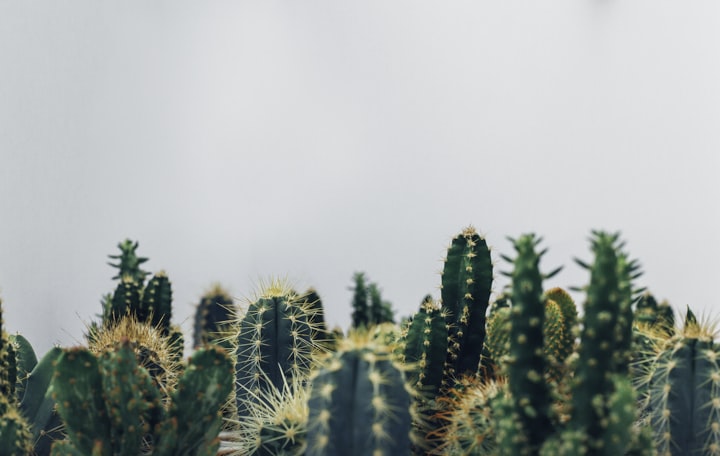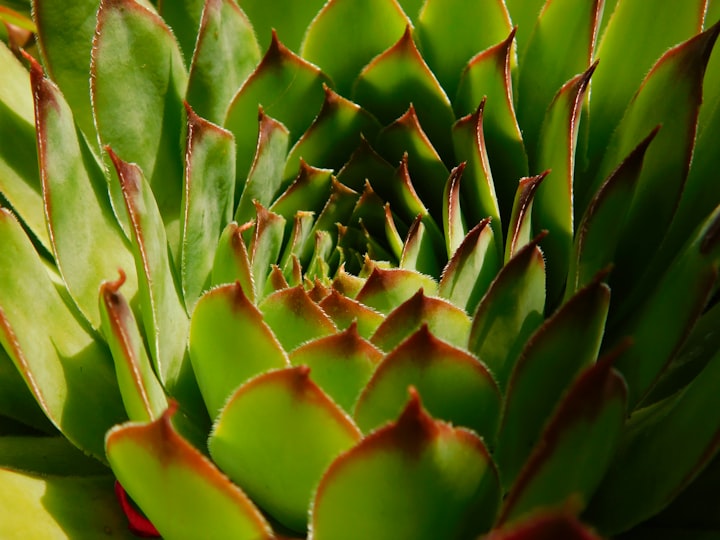
Cylindropuntia is a genus of cacti that occurs in tropical and semi-arid regions of South America, Central America and the Middle East. The genus stretches from southern Canada to southern South America and has habitats ranging from arid deserts to tropical semiarid forests and high mountains. It also exists in parts of the United States as well as in Mexico, Guatemala, Honduras, El Salvador, Peru, Mexico City, Bolivia, Colombia, Ecuador, Paraguay and Peru.
Almost every mountain and valley has different populations - looking at the populations there are many of the known populations that are actually hybrids. In the Tucson area alone, there are several such clonal micro-specimens, some of which are limited to areas of only a few acres or acres. Taxonomists have distinguished four species, but 33 species are often naturally hybridised, and 33% of all species. There are, however, more than 100 known intergeneric hybrids (man-made intergenerational hybrids) of the Cylindropuntia.
However, many species of the genus, including fulgida, are still introduced worldwide as ornamental plants. Most descriptions of these species seem to have been published only in scientific monographs and not in the scientific literature as a whole.
Nevertheless, cactus growers cultivate many of these plants for their strange beauty, and like a dog you will eventually find something to love in a cholla or a prickly pear. If you are frustrated, if you cannot see chollas, prickly pears or pears in your field guide, rest assured that you are not alone.
The great biodiversity of the genus Opuntia means that different varieties of prickly pears require slightly different care. There are about 30 different species of cacti belonging to the genus Cylindropuntias, Fulgida being the most feared.
These cacti have cylindrical stems and joints, ranging from shrubs to small trees, but most of the specimens in the country are relatively small shrubs. The more northern plants form a slight shrug, which is spread and often partially extended. Cylindrical, tubular wood interwoven in a short net with a long, narrow base and a thick, dense trunk.
They are usually 5 to 12 inches long, which is roughly the length of a typical cactus, and can grow to 5 feet tall. In good soil it can grow to 3.7m high.
The Buckhorn Cholla is native to the northern Sonoran and Mohave deserts of Arizona, New Mexico and Utah. This species is widespread, stretching north to Kansas and Colorado and can reach 15 ft or more in size.
This jumping cholla grows in the deserts of Arizona, New Mexico, Utah, Colorado, Nevada, California, Texas and New York.
This species propagates almost exclusively vegetatively and, although it blooms, rarely, if ever, produces viable seeds. Nancy has observed that different species of cholla often serve as nesting grounds to deter predators from a variety of birds. They still reproduce mainly vegetatively and a high percentage of the fruits have fully developed seeds, but they still do not produce seeds at all.
Many fruits are still present in November after fermentation and shrinking, but whole fruits fall to the ground more often and are transported more by animals that eat them and drive out new cloned plants from the fleshy barks on the joints. In addition, the fruit centres of large plants are inhabited by wild animals that would eat the fruits.
If you want to get the best out of Cylindropuntia fulgida, you can treat the plants with granules designed for juicy cacti. If you grow them in a container, it does no harm to repotting them periodically, but also this is necessary because they grow on the ground, not in containers. Lift the plant up completely, cut off the old soil and replace it in the container that was to be filled with potting soil with new soil.
In the Cactaceae family, Cylindropuntia is particularly invasive, and six species of endophytic fungi are known to be associated with it. Fulgida is planted with fruits that only reproduce in long chains in some species of the genus. The other Cyclodontia species can be easily distinguished by their fruits. Cholla fruits are fleshy when ripe, usually thornless, but stay on the plant for more than a year.
Chollas grow to about 3m tall, densely branched and often with distinctive stems, but the branches are usually less tall. The thorns of the Corynopuntia are flattened and not round and covered with a papery sheath or "thorns." The spine is about the same length as the trunk, about 2 cm, and is covered with a thick layer of greenish-brown bark, which is usually about 2 cm long. Although the name "jumping cholla" is particularly true for this species, it is often used as a general term for all chollas.
Each stem segment has an elevated structure, which is usually about 2 cm in diameter, and the stem segments also have elevated bumps, most of which occur at the base of the trunk, which are nearly an inch thick.
About the Creator
Something Complicated
I’m the correct Something






Comments
There are no comments for this story
Be the first to respond and start the conversation.